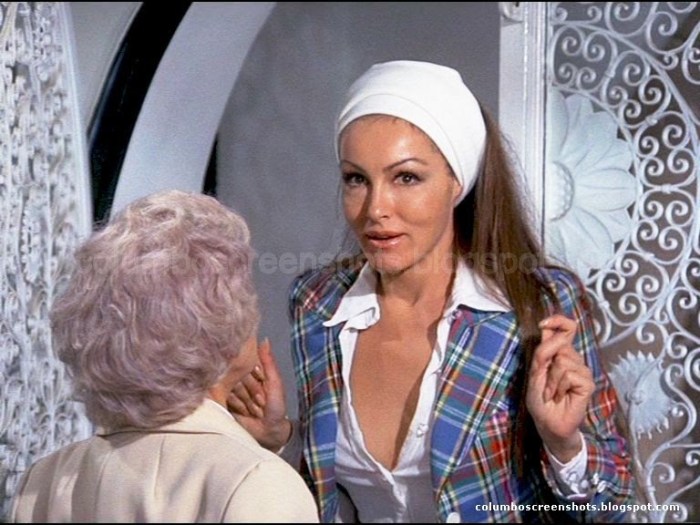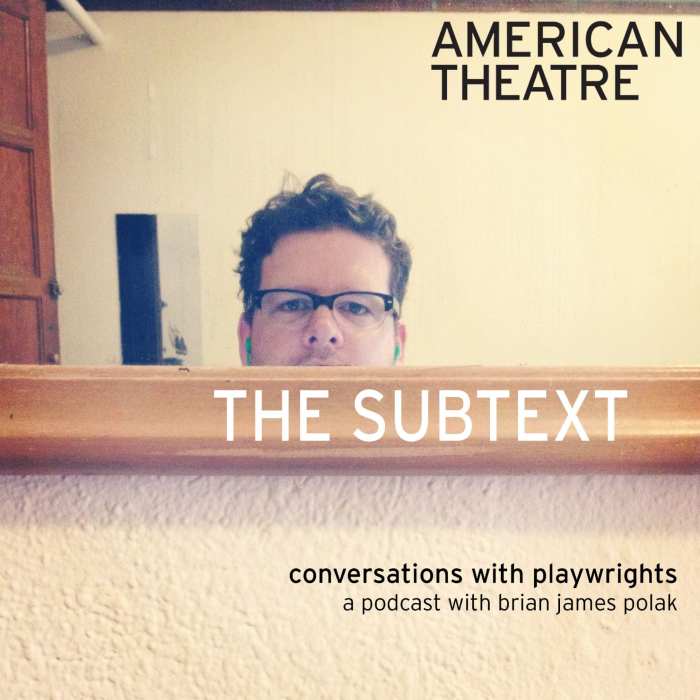What is subtext in theatre – In the captivating world of theatre, subtext is the unspoken language that breathes life into characters and elevates performances to new heights. It’s the hidden layer beneath the dialogue, revealing the true intentions, desires, and conflicts that drive characters and fuel the narrative.
Subtext enriches theatrical performances by providing a depth and nuance that transcends the surface level of words. It allows actors to convey unspoken emotions, motivations, and relationships, creating a richer and more engaging experience for the audience.
Subtext in Theatre

Subtext is the underlying meaning or message conveyed in a theatrical performance that is not explicitly stated in the dialogue. It enriches performances by adding depth and complexity to characters, relationships, and situations.
Understanding Subtext
Subtext reveals unspoken emotions, motivations, and intentions of characters. It allows actors to convey nuanced meanings through subtle gestures, facial expressions, and vocal inflections. This creates a more realistic and engaging experience for audiences.
Examples of Subtext
- A character’s smile may conceal hidden pain or anxiety.
- A pause in dialogue can convey tension or unspoken conflict.
- A character’s body language can reveal their true feelings, even if their words suggest otherwise.
Analyzing Subtext: What Is Subtext In Theatre

Identifying and interpreting subtext in theatrical works requires careful analysis and interpretation. Actors and directors employ various techniques to convey subtext, including:
Methods for Identifying Subtext
To identify subtext, consider the following methods:
- Read the script closely:Pay attention to character motivations, relationships, and the context of the play.
- Observe the actors:Note their facial expressions, gestures, and vocal inflections to infer what they are thinking or feeling.
- Analyze the stage directions:Look for clues in the playwright’s instructions about character behavior or the atmosphere of the scene.
Techniques for Conveying Subtext
Actors and directors use various techniques to convey subtext, such as:
- Intention:Actors must clearly understand their character’s intentions and motivations to convey subtext effectively.
- Subtle Gestures:Nonverbal cues, such as a raised eyebrow or a clenched fist, can hint at unspoken emotions or thoughts.
- Vocal Nuances:Inflection, tone, and volume can convey subtext, even if the words themselves are not explicitly suggestive.
Challenges and Rewards of Analyzing Subtext
Analyzing subtext presents both challenges and rewards:
- Challenges:Subtext can be subtle and easily overlooked, requiring careful observation and interpretation.
- Rewards:Understanding subtext enhances the audience’s appreciation of the play and provides deeper insights into the characters and their relationships.
The Power of Subtext in Character Development

Subtext enriches character development by providing depth and complexity beyond the surface level. It reveals hidden motivations, unspoken emotions, and subtle nuances that make characters more believable and relatable.
Subtext Reveals Hidden Aspects of Character’s Personalities
Subtext allows characters to express unspoken thoughts and feelings through gestures, facial expressions, and tone of voice. For instance, a character who smiles while saying “I’m fine” may convey underlying sadness or frustration. Subtext adds layers to characters, making them more complex and multifaceted.
Subtext in theatre is the unspoken message that underlies the dialogue and actions of the characters. It’s what’s really going on beneath the surface, and it can be just as important as the words themselves. For example, in the play “Hamlet,” the character of Hamlet is constantly wrestling with his own inner demons.
This subtext is essential to understanding the character and the play as a whole. Just like the subtext in a play, the UGA Physics 1111 Lab Final requires students to delve beneath the surface of the material and truly understand the underlying concepts.
Both in theatre and in physics, subtext is key to a deeper understanding.
Subtext Creates Believable and Relatable Characters
People in real life often communicate through subtext, making characters who use it more realistic. By observing characters’ actions and behaviors, the audience can infer their true intentions and emotions, creating a stronger connection with them. Subtext helps create characters that resonate with audiences on a deeper level.
Subtext and the Audience’s Experience

Subtext plays a pivotal role in enriching the audience’s theatrical experience, elevating it beyond mere entertainment to a profound and thought-provoking engagement.
Through subtext, audiences are drawn into the inner workings of characters, witnessing their unspoken thoughts, desires, and motivations. This creates a deep emotional resonance, allowing viewers to empathize with the characters on a personal level.
Subtext and Emotional Resonance
- Subtext conveys unspoken emotions through subtle gestures, facial expressions, and tone of voice.
- Audiences are able to connect with characters on an emotional level, as subtext reveals their true feelings and struggles.
- Example: In “Hamlet,” Ophelia’s madness is not explicitly stated, but her subtextual actions and speech patterns hint at her inner turmoil.
Subtext and Intellectual Stimulation
- Subtext invites audiences to engage their minds and interpret the deeper meanings behind characters’ actions and words.
- It stimulates thought and encourages audiences to consider the play’s themes and subtextual messages.
- Example: In “The Crucible,” the subtext of witch-hunting parallels the political persecution of the McCarthy era, inviting audiences to reflect on the dangers of mass hysteria.
Subtext and Understanding, What is subtext in theatre
- Subtext provides context and depth to the play, enriching the audience’s understanding of the plot and characters.
- It reveals the complexities of human nature and the motivations behind actions.
- Example: In “King Lear,” the subtextual conflict between Lear and his daughters exposes the fragility of human relationships and the corrosive effects of pride.
Question & Answer Hub
What is the main purpose of subtext in theatre?
Subtext serves to convey unspoken emotions, motivations, and relationships between characters, adding depth and nuance to performances.
How can actors effectively convey subtext?
Actors use techniques such as facial expressions, body language, and vocal inflection to communicate subtext, ensuring that the audience understands the unspoken intentions and emotions of the characters.
Why is subtext important for audience engagement?
Subtext creates an emotional connection between the audience and the characters, fostering a deeper understanding of the play’s themes and enhancing the overall theatrical experience.

